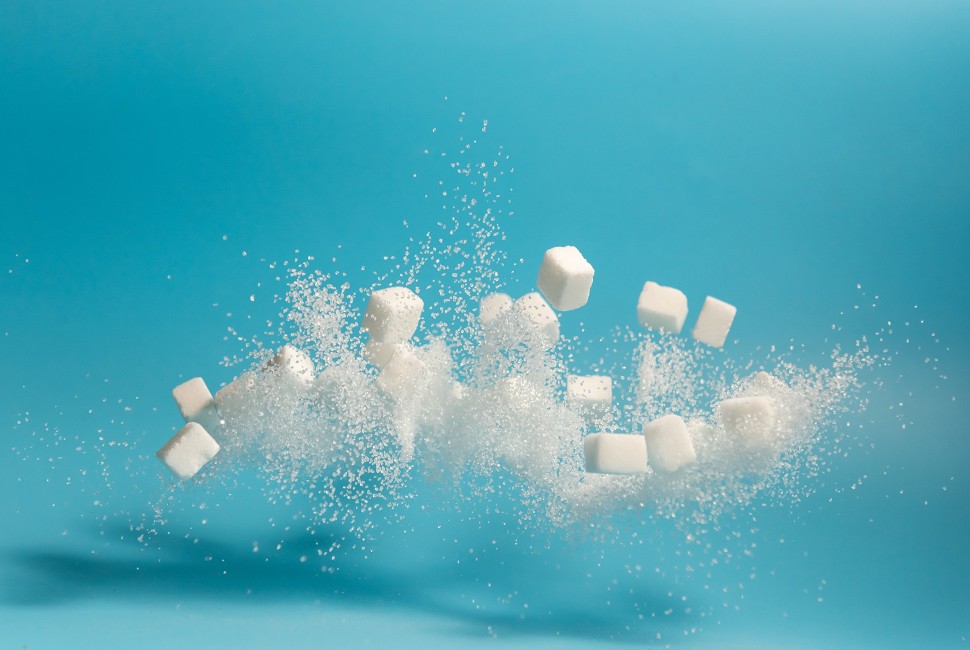2024-05-02 ブラウン大学

新しい研究によると、海洋の小さな生物の一部は、浅い水面から深い深さに運ばれ、海の化学や生態系に大きな影響を与えているそうです。この研究は「Proceedings of the National Academy of Sciences」で発表され、2017年から2019年にかけて行われた調査を基にしています。地中海の亜熱帯地域に焦点を当てたこの研究では、軽すぎて100メートル以上沈まない微細な単細胞生物、例えば植物プランクトンやバクテリアが、光合成が行われない深い海に運ばれることが明らかになりました。流れに乗ったこれらの生物は、海洋の異なる部分を結びつける重要な役割を果たしています。
<関連情報>
3次元貫入が、表層で活動する微生物群を暗い海へと運ぶ 3D intrusions transport active surface microbial assemblages to the dark ocean
Mara A. Freilich, Camille Poirier, Mathieu Dever, +11, and Amala Mahadevan
Proceedings of the National Academy of Sciences Published:May 2, 2024
DOI:https://doi.org/10.1073/pnas.2319937121
Significance
Particulate organic carbon (POC) formed by photosynthesis in the sunlit surface ocean fuels the ecosystems in the dark ocean below. We show that mesoscale fronts and eddies, which are ubiquitous physical features in subtropical oceans, generate three-dimensional intrusions connecting the surface to deep ocean. Intrusions are enriched in total POC due to enhancement of small, nonsinking photosynthetic plankton and free-living bacteria that resemble surface microbial communities. Flow-driven export of POC, estimated using an approximation of eddy physics, is the same order of magnitude as export by sinking POC, which was previously thought to dominate export. These observations reveal coupling of surface and deep ocean productivity and biodiversity and give insight into mechanisms by which the ocean transports carbon to depth.
Abstract
Subtropical oceans contribute significantly to global primary production, but the fate of the picophytoplankton that dominate in these low-nutrient regions is poorly understood. Working in the subtropical Mediterranean, we demonstrate that subduction of water at ocean fronts generates 3D intrusions with uncharacteristically high carbon, chlorophyll, and oxygen that extend below the sunlit photic zone into the dark ocean. These contain fresh picophytoplankton assemblages that resemble the photic-zone regions where the water originated. Intrusions propagate depth-dependent seasonal variations in microbial assemblages into the ocean interior. Strikingly, the intrusions included dominant biomass contributions from nonphotosynthetic bacteria and enrichment of enigmatic heterotrophic bacterial lineages. Thus, the intrusions not only deliver material that differs in composition and nutritional character from sinking detrital particles, but also drive shifts in bacterial community composition, organic matter processing, and interactions between surface and deep communities. Modeling efforts paired with global observations demonstrate that subduction can flux similar magnitudes of particulate organic carbon as sinking export, but is not accounted for in current export estimates and carbon cycle models. Intrusions formed by subduction are a particularly important mechanism for enhancing connectivity between surface and upper mesopelagic ecosystems in stratified subtropical ocean environments that are expanding due to the warming climate.



